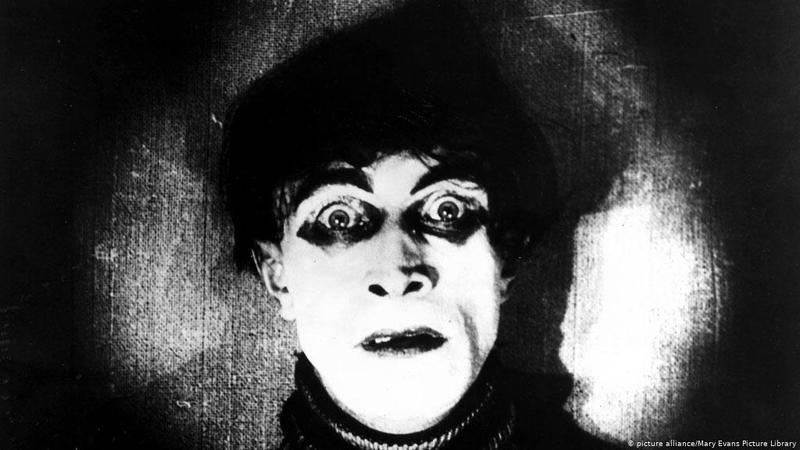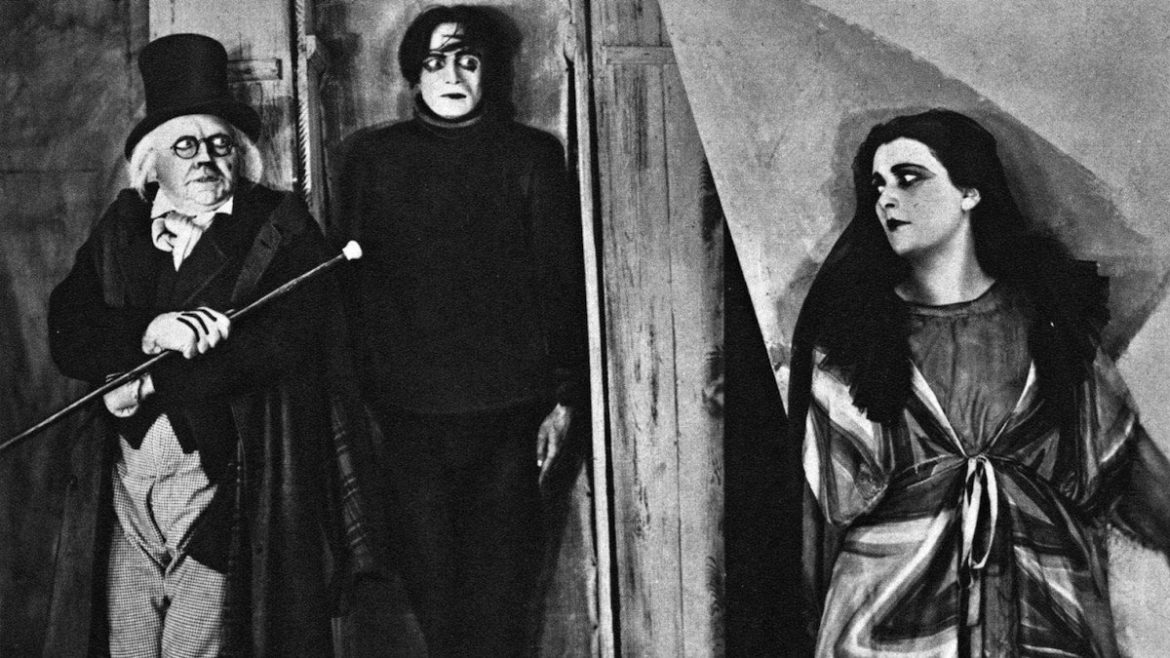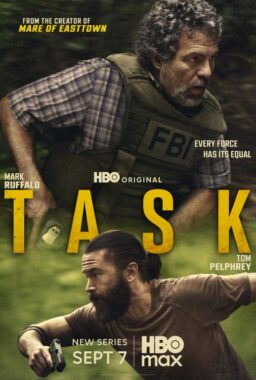As we put away our Halloween decorations, let’s pause to consider what might be the granddaddy of all horror movies. Robert Wiene’s “The Cabinet of Dr. Caligari” turned 100 this year, meaning it crept onto the scene a full decade before the classic Universal horrors (“Frankenstein,” “Dracula,” etc.). It’s also the ne plus ultra of German Expressionism, a movement that had already gained a foothold in music, painting and other artistic disciplines before “Caligari” cast its spell.
All well and good. But here’s a question particularly pertinent to the season: Is “Caligari” still scary?
It’s not really a fair question. The film undoubtedly played differently for a German audience recovering from the losses of World War I than for my American eyes at the start of the following century. Plus, “Caligari” arguably birthed the horror genre, meaning subsequent decades of scary movies have had time to build (and build upon) a tradition that has grown increasingly graphic and permissive with the times. By the same token, it’s impossible to know how, say, “Hereditary” would have played in 1920.
Perhaps a better question would be: Can we see how “Caligari” might have once been considered scary? The answer is a resounding yes, and it has everything to do with the film’s madhouse visual style.
The actors aren’t the stars of the film. The sets are. When I first saw “Caligari” years ago my eye was immediately drawn to the shadows, and for good reason. Most of them are painted onto the set, in an extreme statement of macabre artificiality. Some of the décor is covered in what looks like glyphs. Much of the action unfolds in streets composed of tight, claustrophobic angles; the houses and buildings lean forward as if they’re drunks trying to make a point. The perspective is extremely forced. When I watched the film this time I felt like I was living in a nightmare designed by Dr. Seuss.

The aesthetic is a perfect match for the story. A bug-eyed mountebank/hypnotist (Werner Krauss) sets up shop at a fair in a German village, offering the somnambulist Cesare (Conrad Veidt) as a prime attraction. A string of murders ensues, apparently committed by the sleepwalker, and the not-so-good doctor is revealed as, by turns, the director of and a patient in an asylum. There’s also a frame story, fairly sophisticated for its time, which takes place in said asylum. Here a young man, Francis (Friedrich Fehér), sits on a bench, recounting his tale of terror that unfolds before our eyes.
Much has been written about the narrative’s symbolism: Germany’s postwar hunger for a strongman; a damaged culture gone mad. Siegfried Kracauer, in his seminal study of cinema and social history “From Caligari to Hitler,” argues that the evil doctor is an authoritarian autocrat ready to take over sleeping Germany (represented by Cesare). Published just two years after the end of World War II, the book draws a line from the murderous, power-mad Caligari to the real-life madman, Hitler.
That’s great grist for the academic mill, but it’s not what modern viewers remember about “Caligari.” Wiene’s film simply looks like nothing else before or since. If Expressionism provides a visual corollary for the inner workings of the mind, then “Caligari” is a projection of instability, anxiety, and, yes, insanity. This was also the age of Freud, whose “The Interpretation of Dreams,” published at the end of the nineteenth century, proved very popular and influential into the twentieth. “Caligari” exists in a kind of dream state—the doctor’s instrument of destruction, after all, is a sleepwalker—and “Caligari’s” visual compositions suggest a world that could exist only onscreen or within the mind.

“The Cabinet of Dr. Caligari” isn’t the greatest German Expressionist film; that title would probably go to another horror film, 1922’s “Nosferatu,” or to the proto-sci-fi of 1927’s “Metropolis.” But “Caligari” is almost certainly the purest expression of Expressionism on film, and therefore a must-see for any student of horror or cinema in general.
So what does it mean to watch a centenarian film? One is tempted to note that the art form is old. But it’s really not. Film is but an infant compared to literature, dance, theater, painting or sculpture. It has so much further to go. A century is of course longer than the average life span; it is also the blink of an eye. Much has changed for film during that blink, including, most notably, the dawn of sound (that centennial arrives in 2027).
Wiene’s film may be 100, but its otherworldly qualities make it feel more modern than much of today’s fare. Plus, as we’ve seen recently in our own country, authoritarian strongmen are not confined to any nation or era. Horror films have long provided a vessel for societal anxiety, as the ‘70s showed so well. Is there a modern American horror out there now warning of where we’re going or ruing where we’ve been? For now, “Caligari’s” long, dark, painted shadow is still with us. Is it any wonder the film still arouses fear?











